Culture Sites
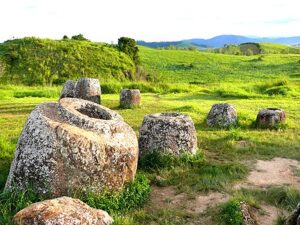

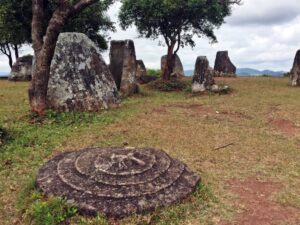
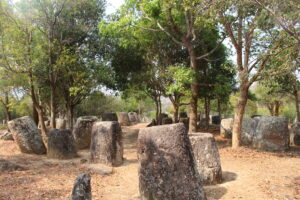
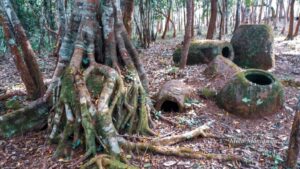

The world heritage Jar Site 1
Jar site 1 or Tong Hai Hin is the most popular site, located 8 km southwest of Phonsavanh town and by easily reached by tuk tuk or bike. Follow Rt 1D southwest, turn right the sight Ban Na-O and dive for another 2 kilometer; alternatively book a package tour at any of the local tour companies.
The site counts 334 jars, including the largest single jar-side to have been the victory cup of the King Khoun Chueang. According to local legend the Lao King Khoun Chueang (AD 6th century) fought a long battle against his enemy and liberated the local people from the oppressive ruler. The Jars were carved to brew and store huge amounts of Lao Lao (Lao Whisky) which were drunk in the 7 month lasting celebration held in honor of victory.
Jars site 1 was of military strategic important during the second Indochina War. Trenches and foxholes, anti-air-craft positions and tank scrape can be found on the two raised areas and on top of the cave. Several bomb craters and damaged or displaced jar are a testimony to heavy fighting in this area.
Apart from a plain of jars, visitor also can visit the sophisticated “War Museum” which was recently built.
2.The world heritage Jars site 2 – Ban Na Kho
is a major jar site and one of the most visited along with Sites 1 and 3. It is located on a hill ridge near the edge of the plain in Phaxay District, approximately 20 kilometres from Phonsavan. The site is divided into 3 groups and is dissected by a road. The road constructed during the French colonial period has resulted in significant slope erosion and the displacement of jars. The jars at Site 2 are made of sandstone – in total 93 jars and 14 discs were recorded. The site includes decorated stone disks.
The world heritage Jars ite 3 – all components – Ban Xiengdi
Is a major jar site located a few kilometres to the southwest of Site 2 and consists of 5 components with 6 groups. The jar site groups are located on lower hill slope spurs and overlook the expansive plain. The quarry of the jar resources has been located further up the hill slope (Site 8), and all jars are sandstone.
The groups are located within 600-700 metres of each other. Group 6 is more distant from the other groups, has only a small number of features, and is not included in the property.
The archaeological investigations[1] conducted at Site 3 indicate the presence of burials surrounding the stone jars as well as pottery fragments, glass beads, iron, charcoal, human bones and teeth inside some jars.
[1] Colani and Sayavongkhamdy both excavated at Site 3. In addition, a single test pit was conducted during the UXO clearance program in 2004-5 to verify the context of a cache of iron knives.
The world heritage Jars
Site 52 – Ban Phakeo
Is a major jar site and contains four groups with 404 jars located on a forested mountain ridge. The fine sandstone jars have been carefully carved and the site has a number of stone disks and lids. The site includes decorated stone disks. A lot of the jars have been smashed and the groups are littered with sandstone fragments. Here too some contemporary Hmong graves are located among the jars. Only the jar groups and pathways have been cleared of unexploded ordnance but not the whole site.
This is a remote site with no facilities, although there are minor facilities, a basic visitors’ lodge, in the village some distance from the site. The road to the site has been upgraded in recent years, improving access.
In 2017, additional roadworks resulted in damage to or displacement of three jars.
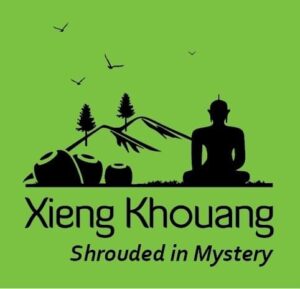
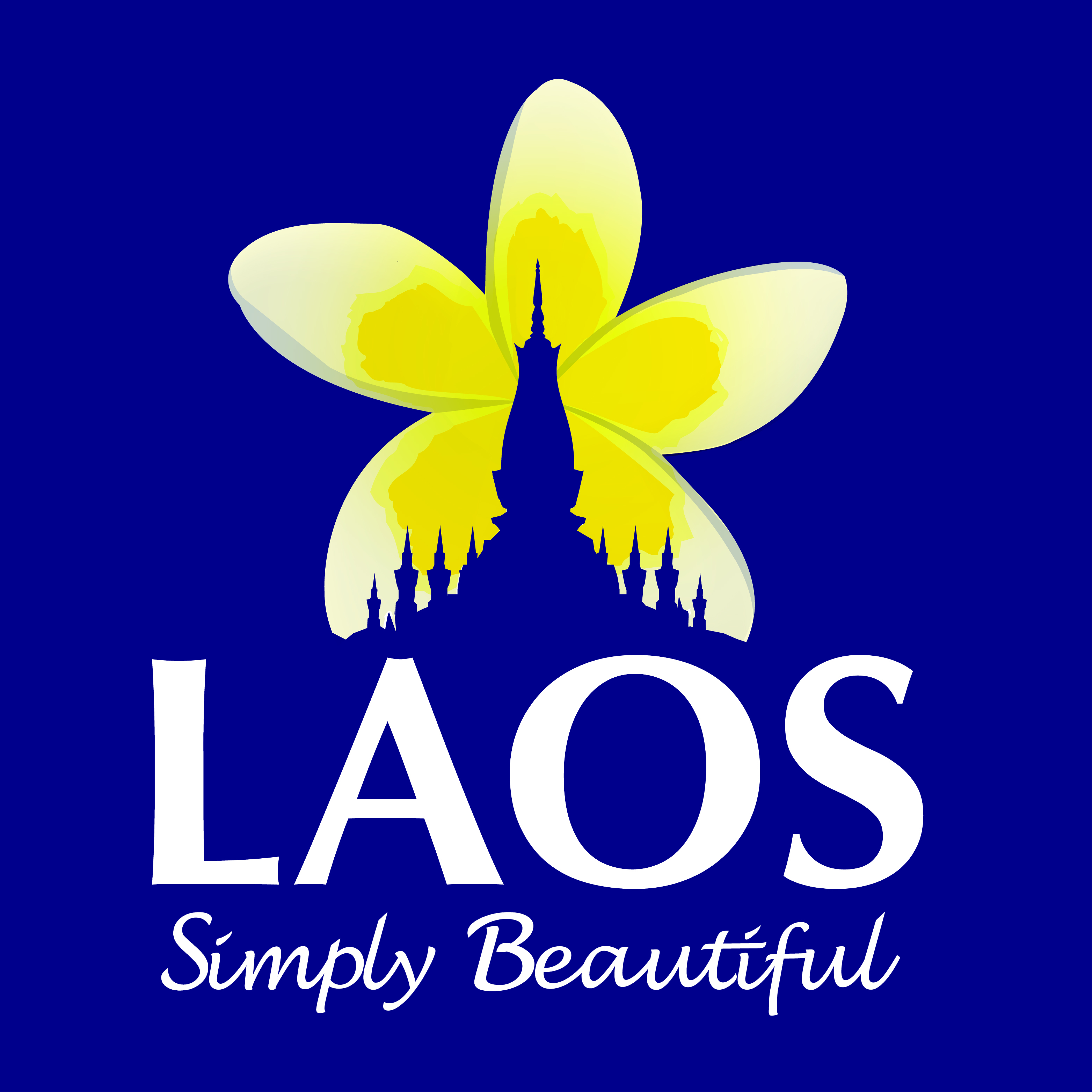
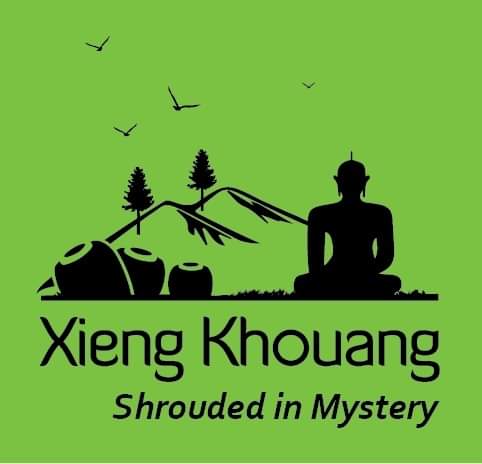





 This Month : 50
This Month : 50 This Year : 12281
This Year : 12281 Total Users : 37362
Total Users : 37362 Views Today : 77
Views Today : 77 Total views : 70658
Total views : 70658 Who's Online : 1
Who's Online : 1